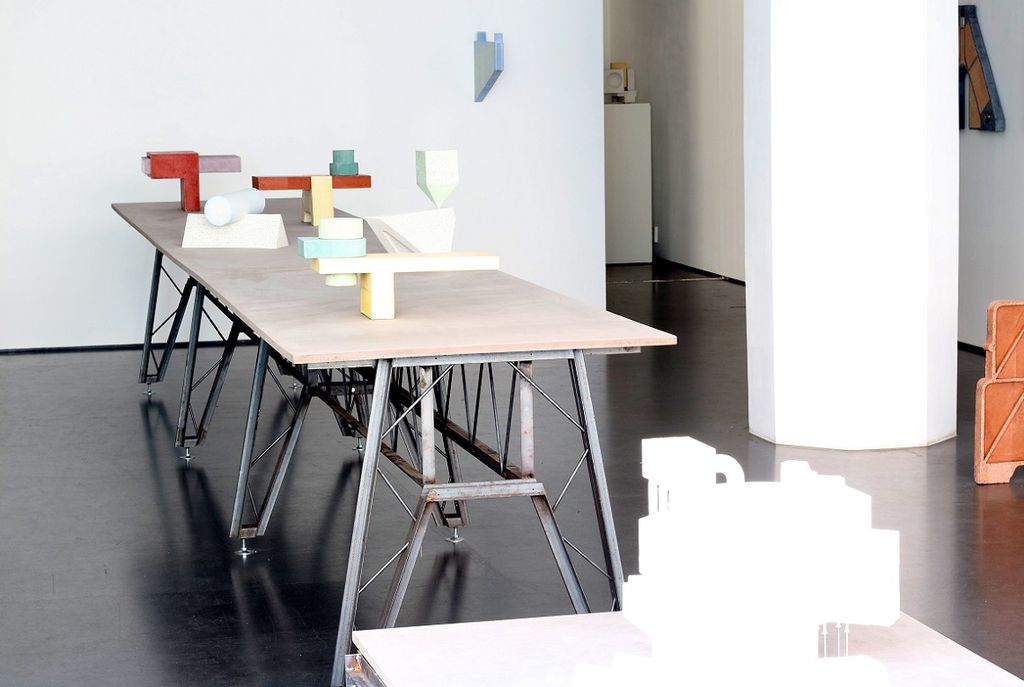In his previous exhibitions, Simon Anund has dealt with issues like excess consumption, jerry-building and the social need to constantly show a polished, rectified surface. Not only as a physical nature, but also as a facade to hide behind on social media and in physical relationships. What happens when the facade cracks in a building, in the digital flow or within humans?
Decay is part of all life cycles, both in buildings and in humans. It is said that one should age with dignity, but after all, everything does not age very well. Does decay become more obvious or bigger if everything that has happened before, was all about the facade?
Some are provoked by decay. In Stockholm there are no pile-worn industrial areas and no dilapidated houses, everything is polished, beautiful and clean. But can you hide behind surfaces and if so, for how long? Can the slums, the dirt and the social problems be removed or does the gentrification just push the decay further away, further out?
People are also nostalgic. Some decays are considered worth keeping, stopping or rescuing. But is it possible and if so, at what cost?
Brutalism in architecture is a raw, transparent aesthetic that should hide nothing. It was ground-breaking but also widely disapproved. When a brutalist building is being demolished, images are quickly spread on social media with the most common comment from faithful defenders and admirers "How can one not understand the value of this amazing building?".
Will decay and the final demolition of an architectural masterpiece be a reason to elevate its greatness? Will what does no longer exist be better than what we have?
The new exhibition Matter and Decay is a continuation from Simon Anund's previous exhibitions Fragile, Post Amorfa and Defectus Occultos, which dealt with surfaces, superficiality, facades, protective walls with aesthetically perfect surface layers and filters. A strive for bodily perfection and at the same time an elitist need to show that one is sufficiently cultivated to look past the surface.



